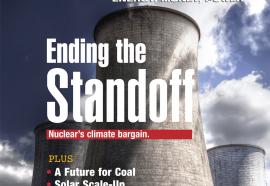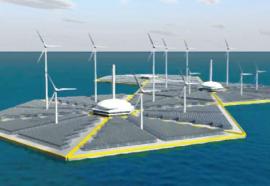Carbon Solutions
Capture and storage tech developments secure coal’s future.
Capture and sequestration will help ensure the future of coal-fired power plants. Demonstration projects are allowing utilities to kick the tires on the latest technologies, and to learn how CCS will affect operations and economics at state-of-the-art plants.











